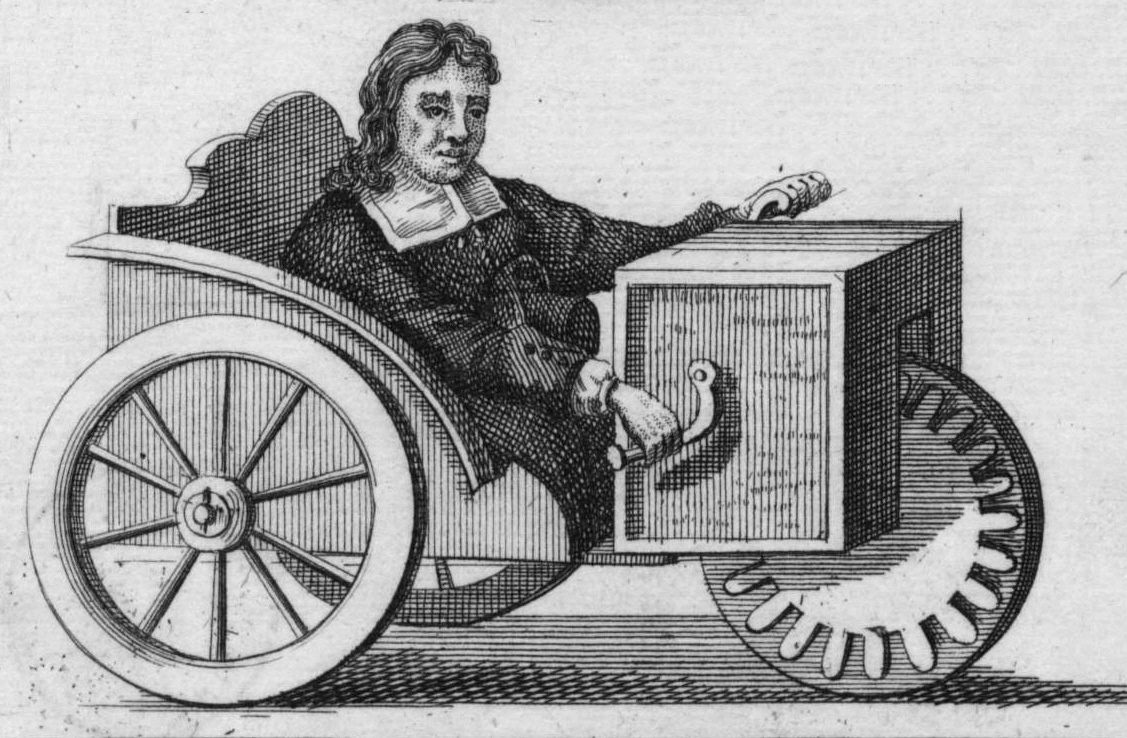
This UK Disability History Month, we’re celebrating the journey of innovation, determination, and inclusion through cycling. From the early development of the trike to the modern adapted cycles we use today, these innovations represent more than just mobility — they embody independence, accessibility, and freedom.

The wheelchair’s history is a testament to these values. In 1655, Stephan Farffler, a 22-year-old German watchmaker, invented the first self-propelled wheelchair. After losing the use of his legs due to a spinal injury, Farffler applied his watchmaking skills to create a three-wheeled chair powered by a hand-crank mechanism — essentially a trike designed to restore his freedom and independence. This groundbreaking invention showed the world that innovation could overcome physical barriers and restore dignity and self-reliance, laying the foundation for the mobility aids we know today.

At Bikeworks, Farffler’s story resonates deeply with our mission. Just as his invention was an early act of inclusion our programmes, such as the All-Ability Clubs and the Cycle Connect service, harness the power of cycling to transform lives. We provide access to specialist cycles, ensuring that disabled people, older adults, and individuals with health conditions or rehabilitation needs can experience the joy, freedom, and confidence that mobility brings.

Farffler’s legacy inspires our belief that the cycle really is a tool for good, improving mobility, wellbeing and connectivity. His story reminds us that through innovation, determination, and compassion, we can build a more inclusive world — one revolution of the wheel at a time.

Check out the Trikes we have in our Shop now to see how Far-ffler we have come… #sorrynotsorry


